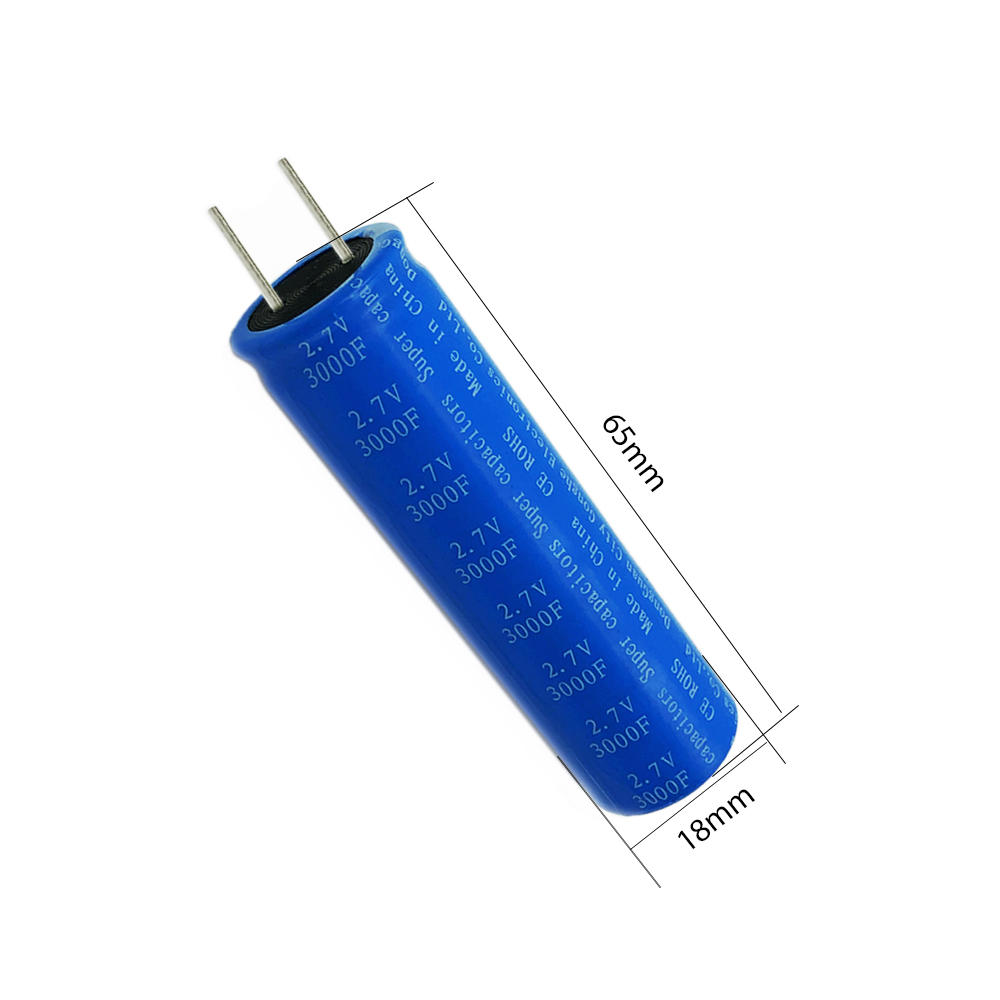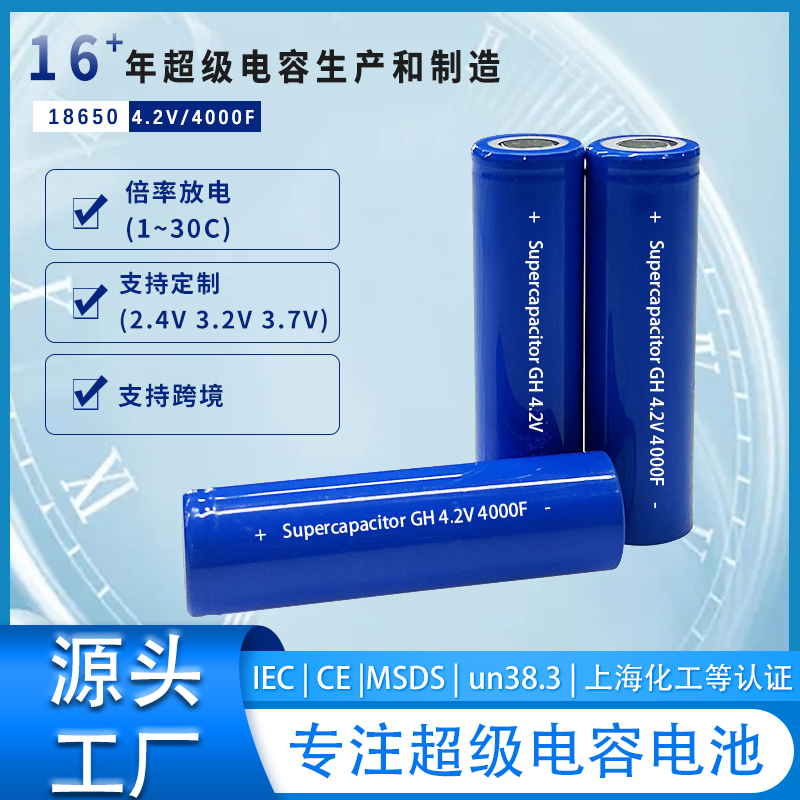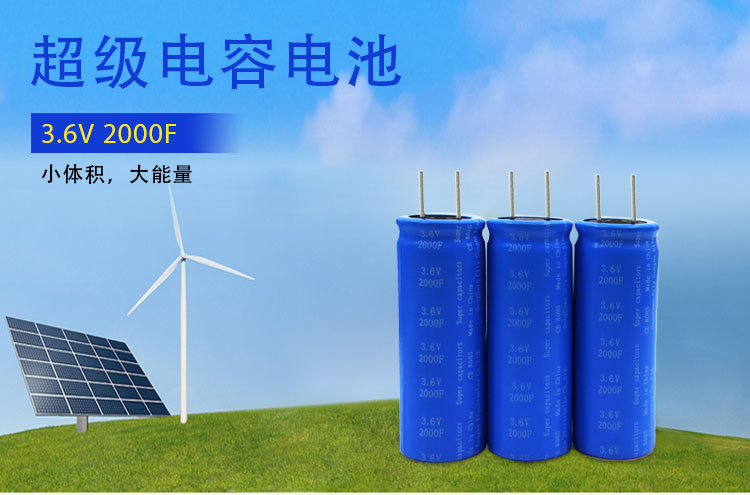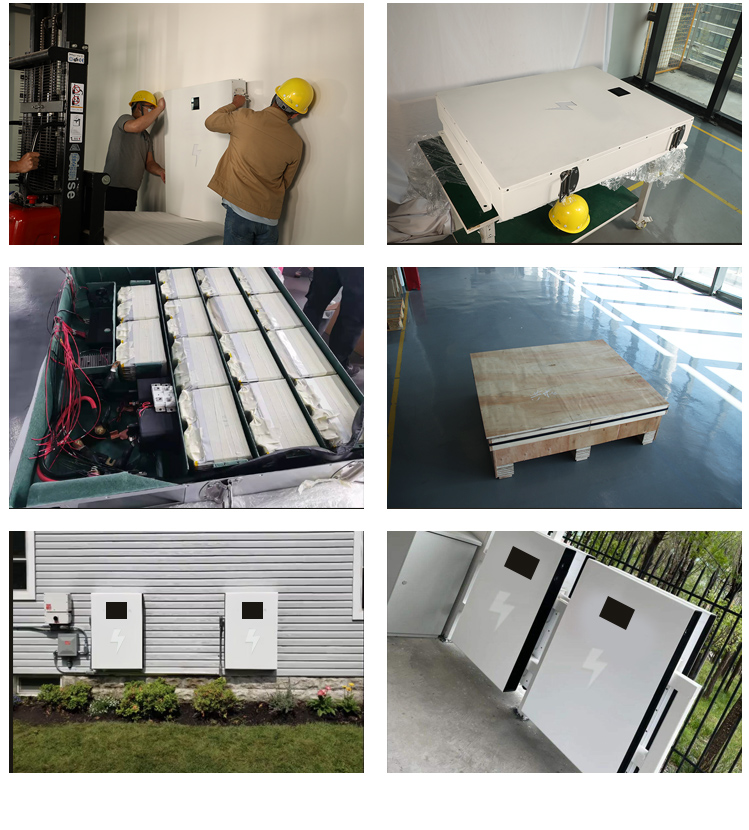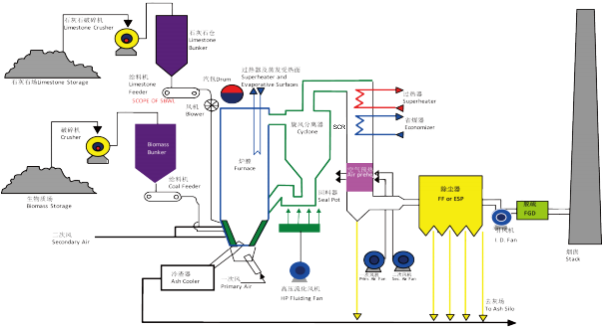Wedoany.com Report-Nov 1, The market for “key clean technologies” will triple by 2035 and reshape global trade as shifting resource sites, shipping routes, and energy use patterns overtake fossil fuel supply chains, finds a new report by the International Energy Agency (IEA).
Released October 30, the IEA’s 2024 Energy Technology Perspectives report highlights “the deepening connections between energy, trade, manufacturing, and climate.” It forecasts a major shift in the energy economy: clean energy technology markets will grow from YS$700 billion in 2023 to over $2 trillion by 2035, rivaling recent crude oil market sizes. Meanwhile, trade in clean technologies will also triple, reaching $575 billion—over 50% higher than current gas trade levels.
“As a new energy economy takes shape, access to a range of components and inputs for clean technologies—many of which are produced in vast factories—is rising in importance,” writes the IEA, adding that countries are increasingly enacting industrial strategies to foster clean energy supply chains.
“The result is that manufacturing and trade are emerging as crucial variables that will determine how our energy system develops and how quickly emissions from it will decline.”
The IEA focuses on six key clean technologies that are already mass-manufactured—solar photovoltaics, wind, electric vehicles, batteries, electrolyzers, and heat pumps.
Much of the spending forecast in the report is from China, the European Union, the United States, and India, countries looking to improve their position in clean energy markets having already established a foothold. Overall, China is expected to be “the world’s manufacturing powerhouse for the foreseeable future.”
But there are opportunities for emerging economies to capitalize on their strengths, says the IEA. Latin America has access to lithium deposits, abundant renewable energy, and auto manufacturing expertise, making it the region with the “biggest potential” for an integrated EV and battery supply chain. In Mexico, EV production stands to benefit from proximity to the U.S. auto market.
Meanwhile, Southeast Asia could become one of the cheapest places to produce polysilicon and wafers for solar PVs thanks to low electricity prices, favourable policy support for renewables, and work force skills. Africa has the potential to expand low-emissions iron and steel production thanks to its access to raw materials and competitive energy prices.
The IEA’s interactive trade explorer tool offers a full breakdown of the advantages, enabling factors, and policy influences in each country.
The differing qualities of clean energy technologies will also have an impact on global trade and shipping, writes the IEA. Unlike fossil fuels that need constant replenishment, clean energy equipment can be transported less frequently while providing a “durable stock of energy.”
In one graphic that has gone viral online, the IEA shows how a single shipment of solar PV modules can generate as much electricity as the natural gas from 50 LNG tankers or the coal from over 100 bulk ships, highlighting the scale of change possible with renewables.
Changes in dominant energy sources will also change import and export volumes to realign trade routes and geographic patterns of energy dependence. New security risks may emerge along with increased cross-border trade, the IEA says.


